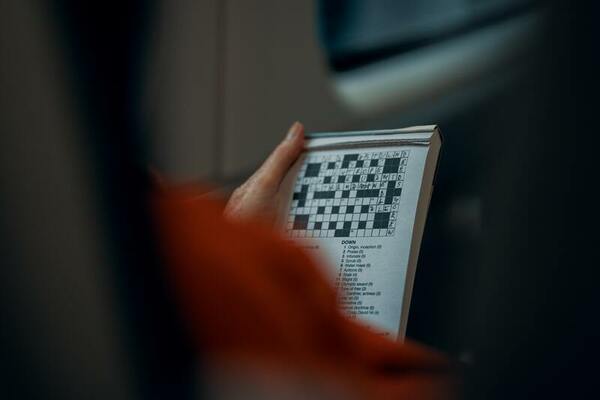Association between nonpharmacological interventions and dementia: A retrospective cohort study
(1) Del Norte High School, San Diego, California, (2) Warren Alpert Medical School, Brown University, Providence, Rhode Island
https://doi.org/10.59720/22-147
One of the most common forms of dementia is Alzheimer’s Disease (AD), a neurodegenerative disease in which amyloid plaques and neurofibrillary tangles accumulate within the brain, disrupting neuronal function. This commonly results in changes to one’s cognition, mood, and behavior. Nonpharmacological interventions, such as cognitive training, physical exercise, reminiscence, music, muscle relaxation, support groups, therapeutic writing, and discussions, have been studied as preventative measures that may delay cognitive impairment in individuals with or without dementia. In this study, we investigated the correlation between physical activity (e.g., sports, recreational activities, traveling), socialization (e.g., family gatherings, clubs/organizations, volunteer work), intellectual stimulation (e.g., occupation, education, reading), and the presence of dementia. We hypothesized that individuals without cognitive impairment would participate in these activities more throughout their lives compared to those with cognitive impairment. This is a retrospective case-control study in which 22 participants from two senior centers in San Diego were interviewed about their lifestyle history. The results of this study showed that there were no statistically significant differences in self-reported activities between individuals with and without dementia. While we intended to measure subject participation in physical, social, and intellectual activities, the results reflected activity recall rather than the activity itself. This points to the need for further research on the deficits in activity recall in individuals with cognitive impairment.
This article has been tagged with: